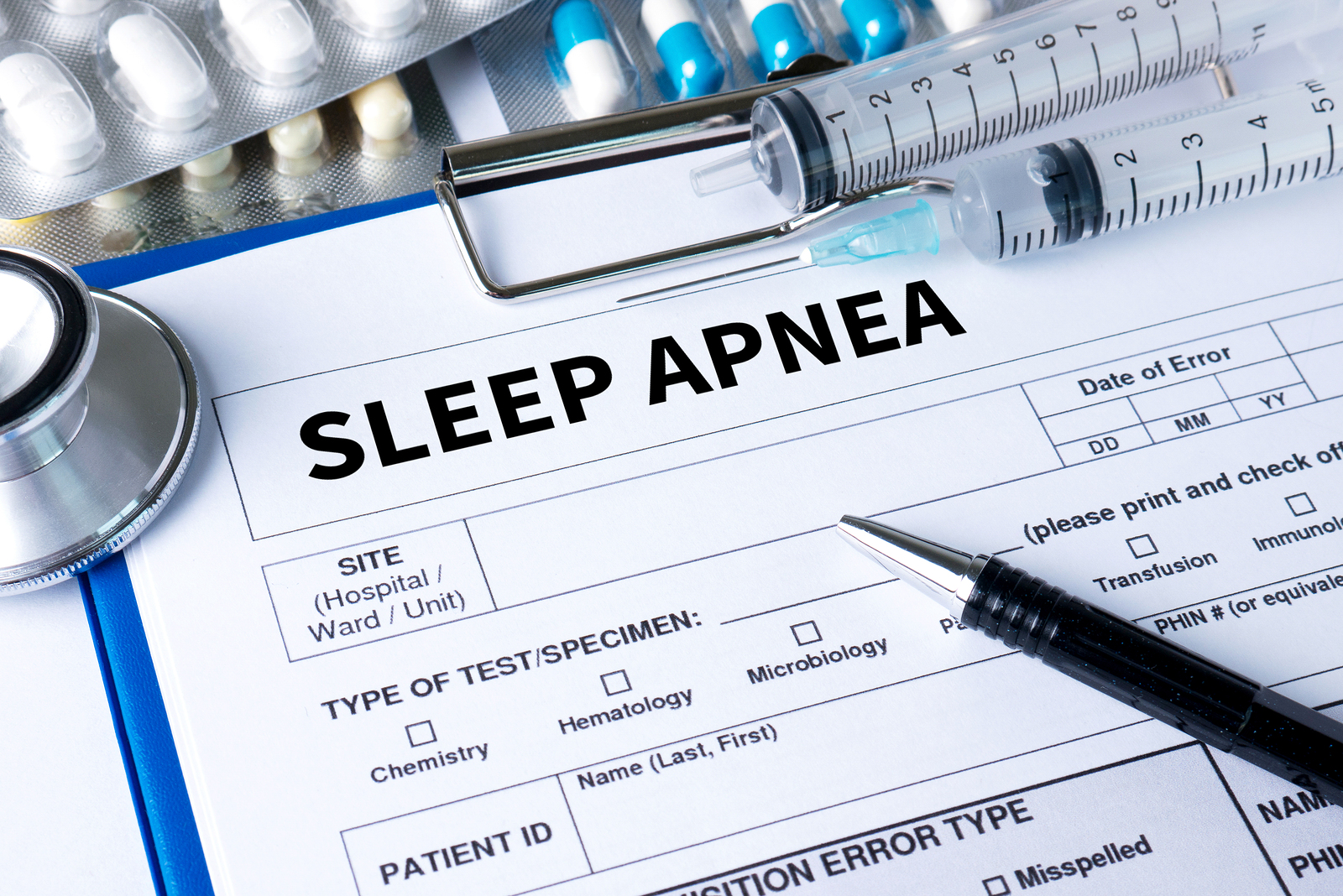Sure, snoring can be annoying for your sleep partner, but have you ever considered that there could be more to it than just a noisy night’s sleep? Snoring sometimes indicates that you are suffering from Obstructive Sleep Apnea (OSA), a condition where your airways are blocked during sleep for more than four seconds and air can’t get into your lungs. This can happen many times in a night, causing the amount of oxygen in your blood to decrease. This basically means that there are moments while you are sleeping when you are suffocating for a short amount of time. Doesn’t sound too good, right?
I see this condition in patients all the time. OSA affects almost twenty percent of Americans, though because of the nature of sleep apnea (the fact that it occurs while you are asleep), it often goes undiagnosed and untreated. In the long-term, OSA can cause many serious health problems, such as heart disease, diabetes, and even cancer. The good news is that this is a highly preventable condition, but first, let’s look at the possible causes of OSA.
Obesity’s Role in OSA. Diagnoses of Obstructive Sleep Apnea have skyrocketed in the past few years, perhaps due to the heightened awareness of the condition. Some doctors and dentists draw the correlation between higher rates of obesity to more frequent cases of OSA. Those with larger neck circumferences are at a higher risk of airways being obstructed during a relaxed state of sleep. This is because excess fat around the neck can cause the airway walls to thicken, narrowing the inside of the windpipe and making it harder to keep open when relaxed.
Your Tongue, Jaw, and Airway. When most people sleep, their jaw and tongue tend to fall backward. When the tongue moves back in the mouth to the point of blocking the airway, that’s when sleep apnea occurs. Snoring is a result of air forcing its way past an obstruction, either full or partial, in the airway. Whenever a full obstruction occurs, your body will wake you up slightly in order to get you to start breathing again. If this happens frequently throughout the night, your body may not get the chance to run through an entire sleep cycle. Some people are genetically predisposed to have sleep apnea. Hereditary features such as a narrow throat, thick neck, or round head could create a higher likelihood of airway obstruction when you’re in a relaxed, reclining position. OSA is also known to be caused by a deviated septum.
Other Possible Factors. There are other circumstances that could increase your chances of developing sleep apnea. Excessive alcohol use, smoking, and use of sedatives have all been linked to OSA in adults. Hormonal issues like hypothyroidism and acromegaly can attribute to sleep apnea as well.
Treatment Options. The most commonly prescribed treatment option for those with OSA is the nightly use of a CPAP (continuous positive airway pressure) machine. These machines push air through the airway to ensure that blood oxygen levels don’t decrease during sleep. While this treatment is effective, it’s not the most popular options among patients. Those prescribed this machine statistically only have about a 20% likelihood of effective nightly use. This is due to its many drawbacks﹘ the machine is noisy, bulky, and considered uncomfortable by many.
The option recommended by dentists is usually oral appliance therapy (OAT). This is a portable, silent, and more comfortable alternative to a CPAP machine. The one I prescribe is the SomnoMed, which prevents the jaw from falling backward while you sleep, keeping the tongue forward and the root structure of the tongue in place. Since the root of the tongue is usually what causes the obstruction, keeping it in its natural location prevents the obstruction from ever happening at all.
Click here for more blogs by Dr. Freeman

